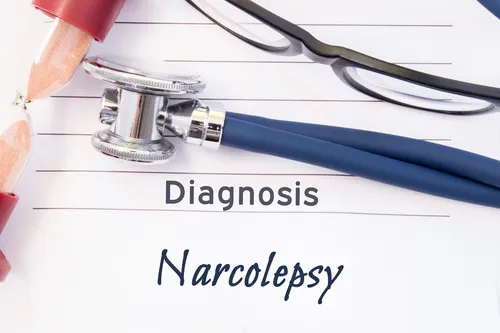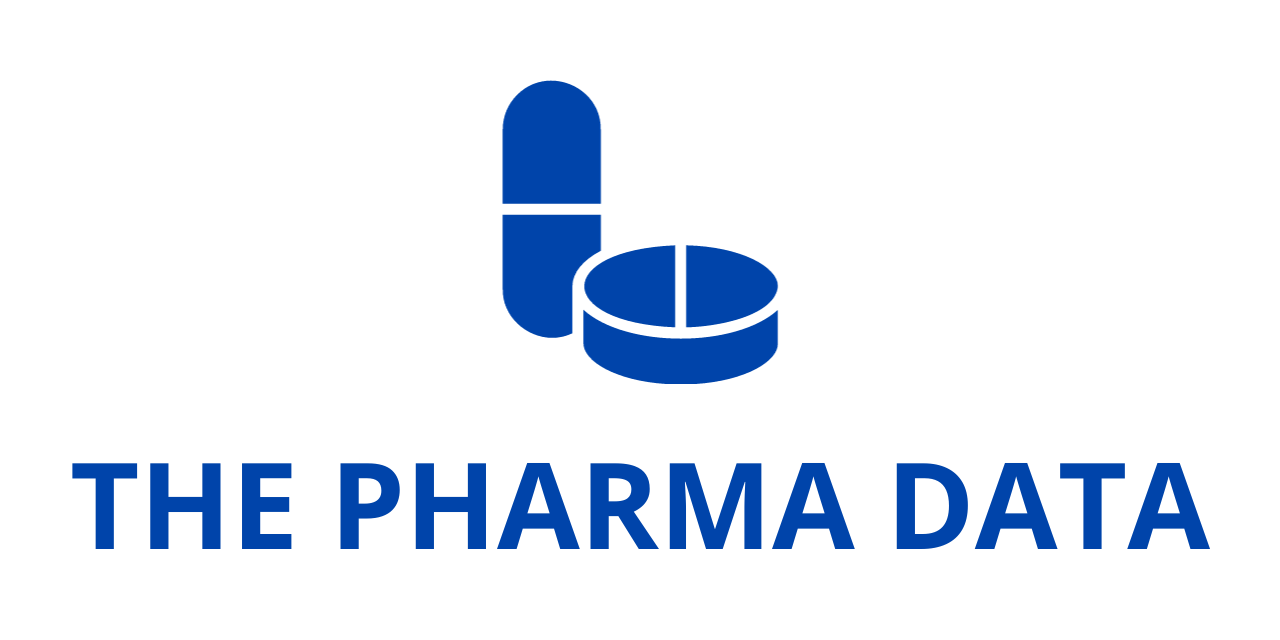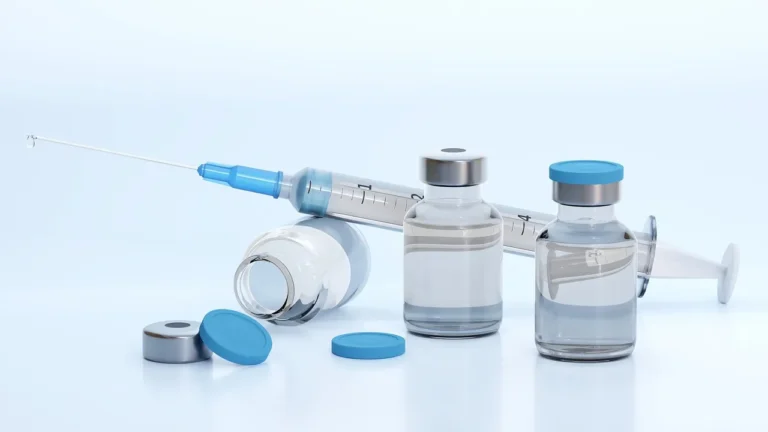
Jazz Pharmaceuticals Showcases Promising Phase 4 Results for Xywav® in Narcolepsy at SLEEP 2025, Underscoring Cardiovascular and Symptom Management Benefits
Jazz Pharmaceuticals plc presented compelling new late-breaking data at the prestigious SLEEP 2025 conference, unveiling Phase 4 clinical results that further solidify the therapeutic benefits of Xywav® (calcium, magnesium, potassium, and sodium oxybates) oral solution in the management of narcolepsy. The data were featured as part of four oral presentations selected by the Associated Professional Sleep Societies (APSS) for their scientific innovation and clinical relevance, with Jazz accounting for all the industry-sponsored late-breaking oral presentations at the meeting.
The spotlight of this announcement was on two Phase 4 studies—XYLO and DUET—which evaluated both the cardiovascular implications of switching to low-sodium Xywav from high-sodium oxybate formulations, and the safety and efficacy of Xywav at higher doses in adult narcolepsy patients. These findings not only reinforce the efficacy of Xywav in managing the debilitating symptoms of narcolepsy but also draw attention to the critical role of sodium intake in long-term cardiovascular health for this patient population.
Xywav: A Low-Sodium Alternative with FDA Approval
Xywav is a uniquely formulated, low-sodium oxybate therapy, and remains the only product of its kind approved by the U.S. Food and Drug Administration (FDA) for the treatment of cataplexy or excessive daytime sleepiness (EDS) in patients aged seven years and older with narcolepsy. It is also approved for adult patients with idiopathic hypersomnia (IH). The FDA-approved dosing recommendation for narcolepsy ranges from 6 to 9 grams per night, typically administered in two doses.
What distinguishes Xywav from older oxybate formulations is its significantly reduced sodium content—a crucial factor for a patient population known to face elevated risks of cardiovascular and cardiometabolic complications.
Cardiovascular Insights from the XYLO Trial
One of the most notable late-breaking presentations was the Phase 4 XYLO study, which examined the cardiovascular benefits of switching patients from high-sodium, twice-nightly oxybate therapy to the same dosage of low-sodium Xywav over a six-week period.
This open-label, single-arm study enrolled 43 participants and met its primary endpoint with a statistically significant reduction in mean 24-hour ambulatory systolic blood pressure (SBP). The average decrease was −4.1 mmHg (95% CI: −6.9 to −1.4; P=0.0019). In parallel, researchers observed a drop in 24-hour urinary sodium excretion, reflecting the decrease in sodium intake achieved by the switch to Xywav.
According to Dr. Richard J. Kovacs, Chief Medical Officer at the American College of Cardiology and a Steering Committee member of the XYLO trial, these findings underscore the urgency of sodium reduction in narcolepsy management. “People living with narcolepsy have an increased risk of developing cardiovascular and cardiometabolic comorbidities. The results from the XYLO study reinforce the importance of monitoring cardiovascular indicators, including blood pressure, and minimizing sodium exposure,” he said.
Key secondary endpoints further validated these findings:
- Daytime ambulatory SBP dropped by −5.1 mmHg (P=0.0003)
- In-office seated resting SBP decreased by −9.2 mmHg (P<0.0001)
- A trend toward decreased nighttime ambulatory SBP was also observed, although it did not reach statistical significance (−2.0 mmHg; P=0.1265)
Exploratory endpoints examined various diastolic blood pressure parameters across 24-hour, daytime, nighttime, and in-office conditions.
Notably, the safety profile remained favorable. Approximately 32.8% of participants reported treatment-emergent adverse events (TEAEs), all of which were mild or moderate and consistent with previous safety data on Xywav. No new safety signals were detected.
The DUET Study: Higher-Dose Efficacy and Safety
The second major late-breaking abstract featured findings from the ongoing Phase 4 DUET study. This prospective, single-arm, open-label trial is designed to assess the effects of Xywav on EDS, sleep architecture, and daily functioning in adults with narcolepsy or idiopathic hypersomnia. The presented data focused on an intermediate analysis of a narcolepsy cohort receiving 9–12 grams of Xywav per night, exceeding the standard FDA-recommended dose range.
Twenty-four patients were enrolled in this higher-dosage analysis. The primary outcome was improvement in EDS, measured using the Epworth Sleepiness Scale (ESS). Patients showed meaningful reductions in ESS scores following dose optimization, suggesting that some individuals with narcolepsy may benefit from tailored dosage regimens beyond the typical range. The average stable dose achieved during the optimization period was 11.2 grams per night.
Patients also demonstrated improvements on the Narcolepsy Severity Scale (NSS), further indicating a positive impact on the multifaceted burden of the disorder. Importantly, this increased efficacy did not come at the cost of respiratory or cardiovascular safety. The study found:
- Minimal changes in the number of central apnea events
- Stable mean oxygen saturation (SpO₂) levels
- No significant increases in the percentage of sleep time spent with SpO₂ <90%
These findings are particularly reassuring given the higher dose used, suggesting a strong safety margin for Xywav even in more severe cases requiring intensified treatment.
According to Dr. Kelvin Tan, Chief Medical Affairs Officer at Jazz Pharmaceuticals, the data add to the growing body of evidence supporting sodium reduction as a modifiable risk factor. “People with narcolepsy live with a complex, severe disorder and often must combat excessive daytime sleepiness and associated symptoms — but the challenges they face are not only limited to sleep. Results from the XYLO interim analysis emphasize how choosing low-sodium oxybate helps reduce excessive sodium burden, a modifiable risk factor for cardiovascular disease,” he said.
Clinical and Public Health Implications
The data presented at SLEEP 2025 could mark a turning point in how clinicians approach long-term care in narcolepsy. Given that cardiovascular risk is heightened in this patient population due to both disease-related and treatment-related factors, the ability to minimize sodium exposure through a low-sodium formulation like Xywav provides a dual benefit—effective symptom control with added long-term health protection.
From a public health perspective, these results support initiatives to reduce sodium intake across vulnerable populations, including those with chronic neurological conditions. They also highlight the importance of developing drug formulations that go beyond efficacy alone to incorporate considerations for comorbid risk management.
The new late-breaking data presented by Jazz Pharmaceuticals at SLEEP 2025 solidify Xywav’s position as a cornerstone treatment in narcolepsy management. By demonstrating meaningful improvements in both clinical symptoms and cardiovascular markers, Xywav offers a compelling therapeutic profile that addresses the holistic needs of patients living with narcolepsy.
As the only FDA-approved low-sodium oxybate therapy, Xywav is not only helping patients manage symptoms like cataplexy and excessive daytime sleepiness, but also contributing to long-term cardiovascular wellness—an increasingly important goal in modern narcolepsy care. With ongoing studies like XYLO and DUET continuing to generate data, Jazz Pharmaceuticals remains at the forefront of innovation in sleep medicine and neurological disease management.





